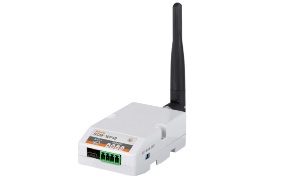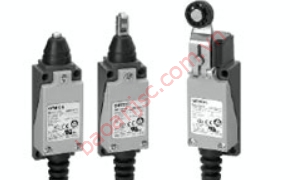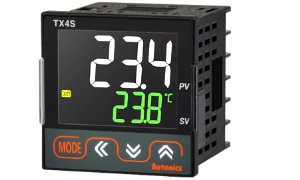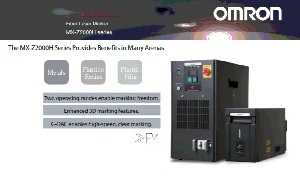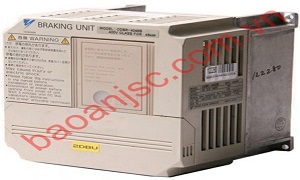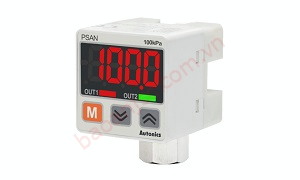COGNEX: HOW LIQUID LENS TECHNOLOGY IS CHANGING BARCODE READING?
The latest generation of liquid lenses make autofocusing easy, and are now the best solution for a wide range of machine vision problems. They are ideal for barcode reading, package sorting, quality inspection, automation, and other uses.

Liquid lens
What is autofocus technology, and why is it useful?
Cameras can use a variety of methods to find the appropriate focus point. Passive methods analyze the target image via various types of algorithms, including phase detection and contrast detection. Active methods use an external sensor that measures distance to the target directly, via a laser or ultrasound. Choice of method depends on specific circumstances. In response to the signal that the object is out of focus, or the distance to it has changed, the camera lens changes its focal length until the object is back in focus.How do liquid lenses work?
Liquid lenses are self-contained cells of optical-grade oil that shape themselves into precise lenses through an effect called electrowetting, changing curvature in predictable ways when subjected to an electric current. This change in curvature, which modifies focal length and working distance, happens in milliseconds, as does the return to the original, uncharged shape.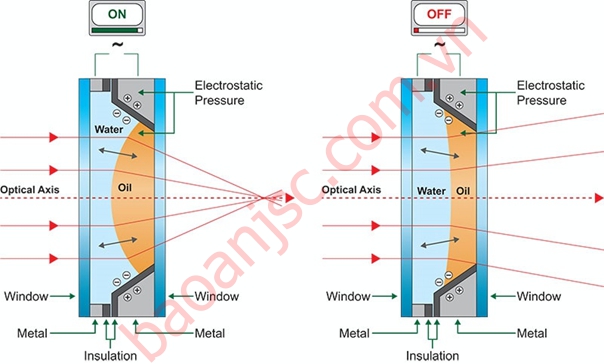
Liquip lens explanation diagram
What are the advantages of liquid lenses?
Autofocus is key to an image-based barcode reader that can instantly adapt to objects at varying distances, different types of objects, and requirements to change field of view. Liquid lenses are far superior to any other method in speed and ease of use.Liquid lenses are also significantly smaller and lighter than mechanical lenses with equivalent specifications. Eliminating focus mechanics, as well as the need to physically move lenses to change focus, shrinks the camera and reduces its weight. Cameras with liquid lenses can be used on a space-constrained manufacturing line and parcel processing applications where a conventional camera would not fit.
In industrial settings, shock and vibration can significantly degrade image quality, often requiring repositioning or recalibration. A liquid lens has no moving mechanical parts. Aside from not suffering wear, they are also much more resistant to shock and vibration. If some movement throws the lens out of focus, it can instantly respond.
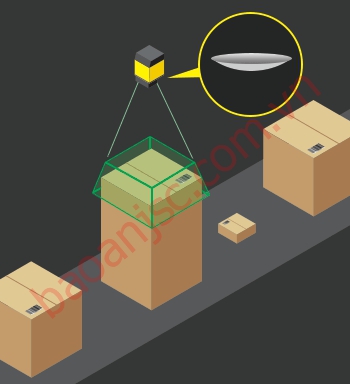
Liquid lens variable scanning
For more information:
- Address: Vân Tra, An Đồng, An Dương, Hải Phòng city
- Hotline: 0936.985.256
- Website: https://baoanjsc.com.vn
- Email: baoan@baoanjsc.com.vn.
- Fanpage: https://www.facebook.com/BaoAnAutomatio
- Cognex Fixed-Mount Barcode Reader DataMan 150 Series DMR-150Q-0110
- Cognex Fixed-Mount Barcode Reader DataMan 150 Series
- Cognex Fixed-Mount Barcode Reader DataMan 150 Series DMR-150X-1110
- Cognex Fixed-Mount Barcode Reader DataMan 70 Series
- Cognex Fixed-Mount Barcode Reader DataMan 150 Series DMR-150S-0110

